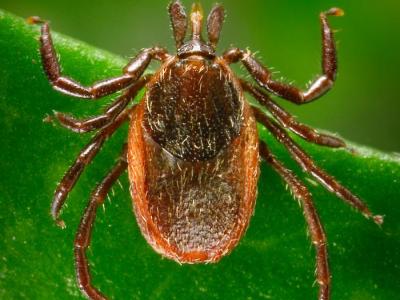Oct 2, 2006 (CIDRAP News) Initial tests on wild ducks in Illinois suggest they have a low-pathogenic strain of avian influenza, not the deadly H5N1 strain, federal officials said late last week.
Viruses containing H5 and N1 surface proteins (hemagglutinin and neuraminidase) were found in samples from healthy migratory green-winged teals in Fulton County in west-central Illinois, the US Department of Agriculture (USDA) and the Department of the Interior said in a news release.
The samples were collected Sep 24 in the Rice Lake Conservation area as part of an expanded wild bird monitoring program involving the USDA and the lower 48 states.
Of 11 samples obtained from the ducks, five were positive for H5 and were sent to the USDA's National Veterinary Services Laboratory in Ames, Iowa, for confirmation. One of the five samples tested positive for both the H5 and N1 components.
"However, this does not mean these ducks are infected with an H5N1 strain. It is possible that there could be two separate avian influenza viruses," the federal agencies said.
Further testing at the NVSL will clarify if one or more of the virus strains are present, identify a specific subtype, and determine the pathogenicity, officials said. Results are expected in 2 to 3 weeks.
Low-pathogenic avian influenza is common in wild birds and can be found in many duck populations, including green-winged teal. Low-pathogenic strains typically cause minor sickness or no noticeable symptoms.
Mild strains include the "North American" H5N1, which is different from the lethal H5N1 virus strains circulating in Asia, Europe, and Africa. However, low-pathogenic strains sometimes mutate into high-pathogenic forms.
Since the USDA and DOI announced the expanded wild-bird monitoring program in early August, low-pathogenic H5N1 has been confirmed in Michigan, Maryland, and Pennsylvania. Tests are pending on samples from pintail ducks in Montana, though initial results suggested a mild avian flu strain.
Green-winged teals are commonly hunted, but there is no known health risk to hunters or hunting dogs from contact with low-pathogenic avian flu viruses, federal officials said.
In other avian flu news, the Chinese agriculture ministry late last week announced a new outbreak of H5N1 flu among chickens in northern China's Inner Mongolia Autonomous Region, the Chinese news agency Xinhua reported yesterday.
The H5N1 outbreak killed 985 chickens in Xincheng village in Baotou City, and 8,990 chickens were culled to control the spread of the disease, the Xinhua report said.
China's last poultry outbreak was in August, among 1,805 ducks in Changsha, the capitol of Hunan province. According to Xinhua, China has reported nine avian flu outbreaks this year.
See also:
USDA-DOI news release on avian flu in Illinois ducks





















